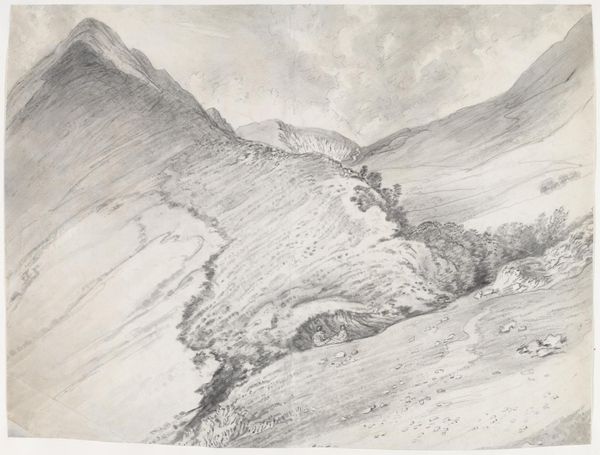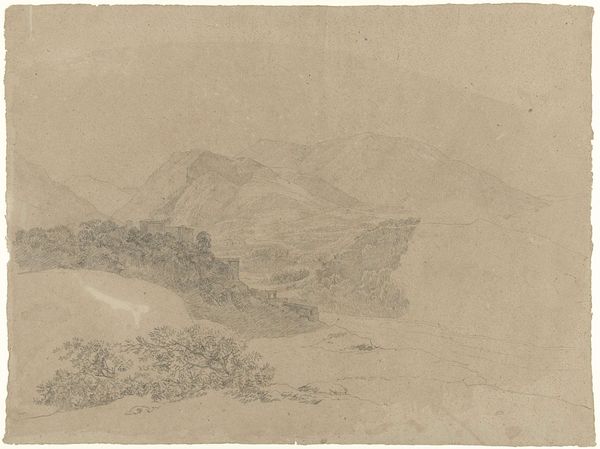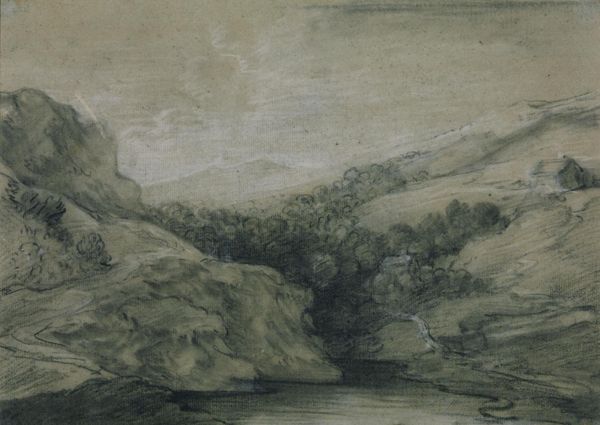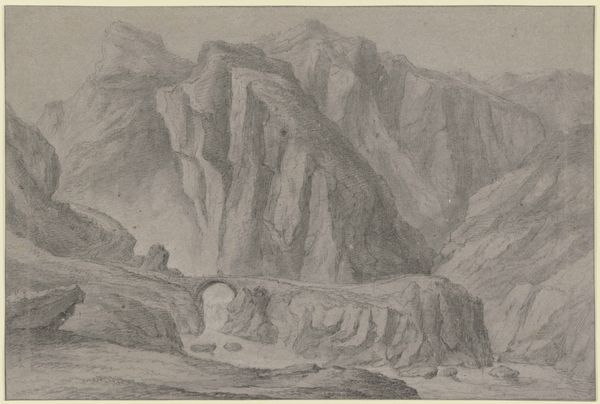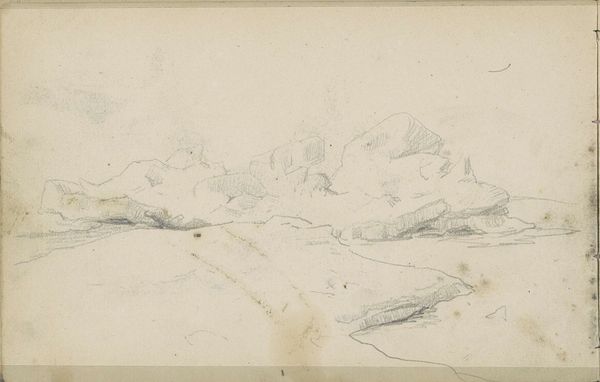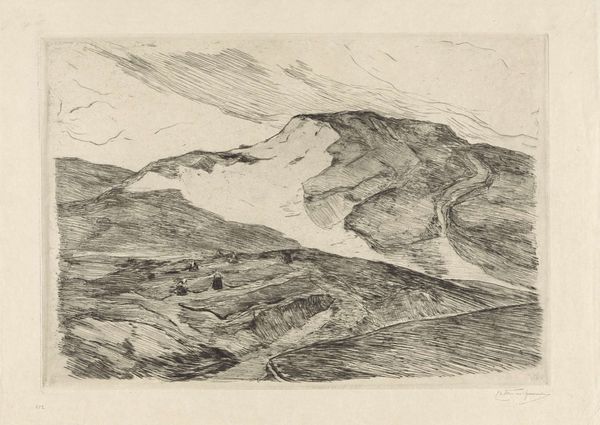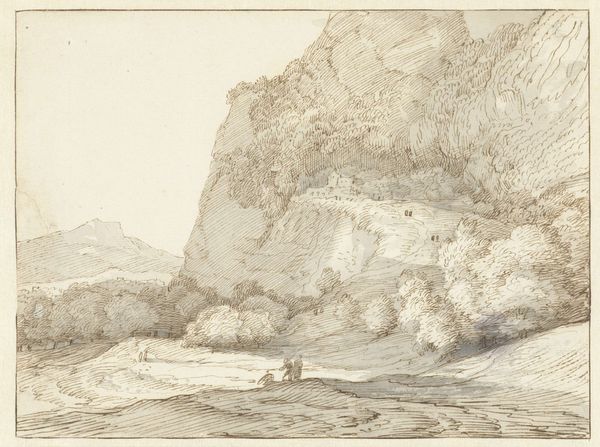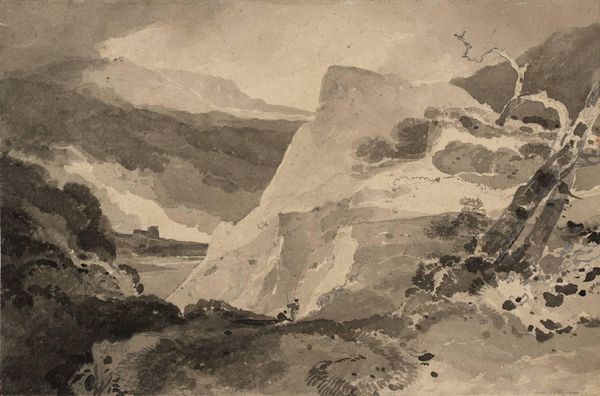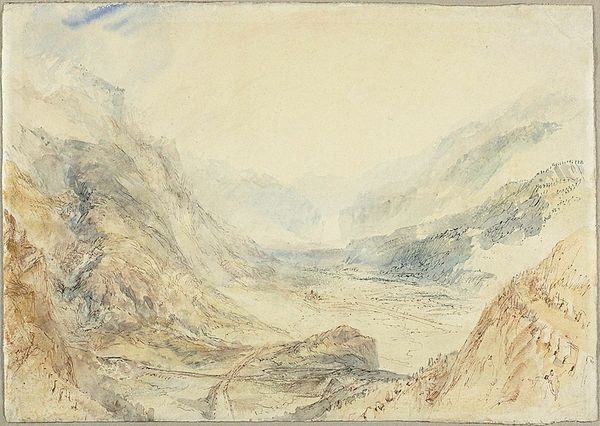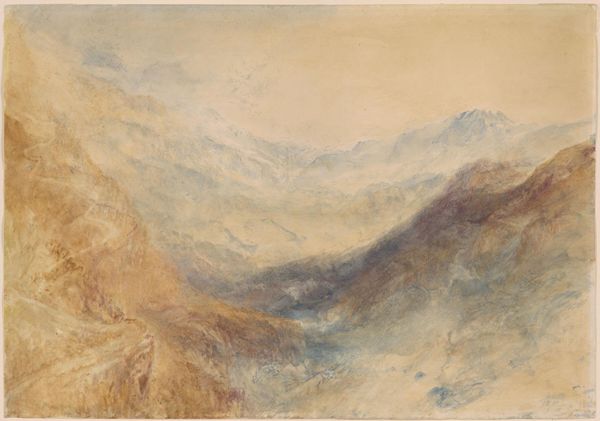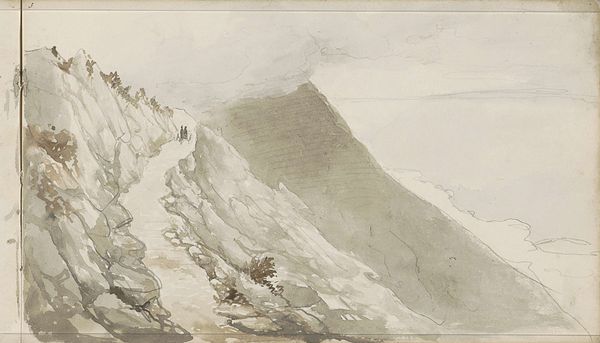
Dimensions: support: 154 x 209 mm
Copyright: CC-BY-NC-ND 4.0 DEED, Photo: Tate
Editor: This is Francis Towne's "The Source of the Rhine," currently housed at the Tate. It's this delicate watercolor, and I’m struck by its almost… monochromatic restraint. What can you tell me about its place in art history? Curator: Towne’s work comes at a pivotal moment. The late 18th century saw a rising interest in the sublime landscape. How do you think Towne's restrained palette serves the public perception of the Alps? Editor: It makes them feel less imposing, more… accessible, maybe? Curator: Precisely! The sketch-like quality democratizes the image. It shifts the landscape from an aristocratic preserve to something the burgeoning middle class could consume through prints and travelogues. Editor: That's fascinating! I never considered the political implications of landscape art before. Curator: Exactly. Art is always in conversation with its cultural moment.
Comments
tate 8 months ago
⋮
http://www.tate.org.uk/art/artworks/towne-the-source-of-the-rhine-t08558
Join the conversation
Join millions of artists and users on Artera today and experience the ultimate creative platform.
tate 8 months ago
⋮
This work dates from the period 1780-81, which Towne spent sketching in Italy before returning home via the Alps. Towne's method of working was to make a pencil outline on the spot, and later to go over it in ink, adding washes while the 'natural aspect was still fresh in his memory'. The ink lines have 'bled' slightly and were possibly still fresh when the wash was applied over them. The shadows are indicated with Indian ink applied in various dilutions once the washes had dried, in order to create sharply defined shadows. Gallery label, August 2004
